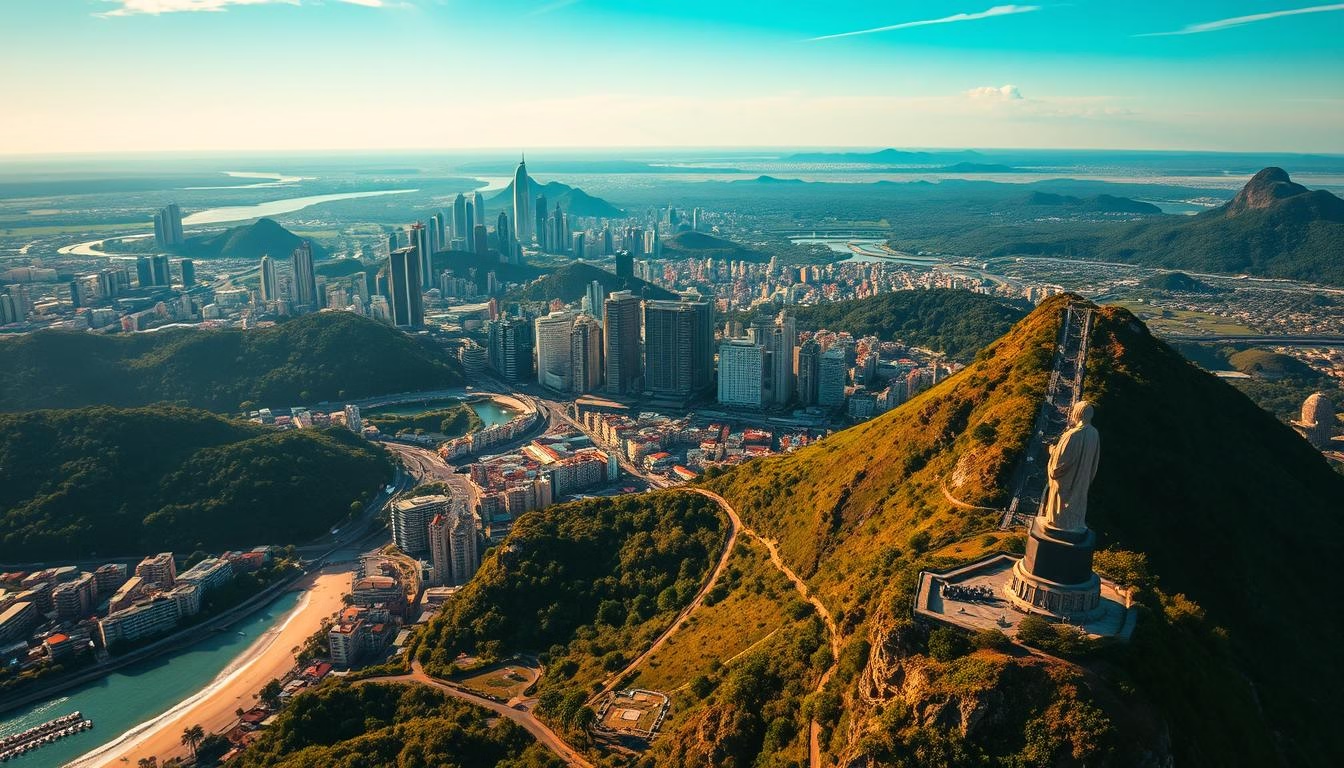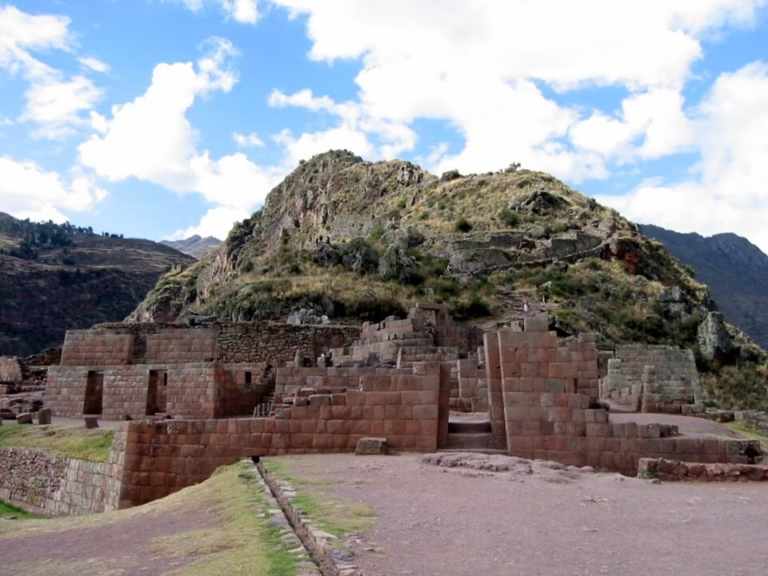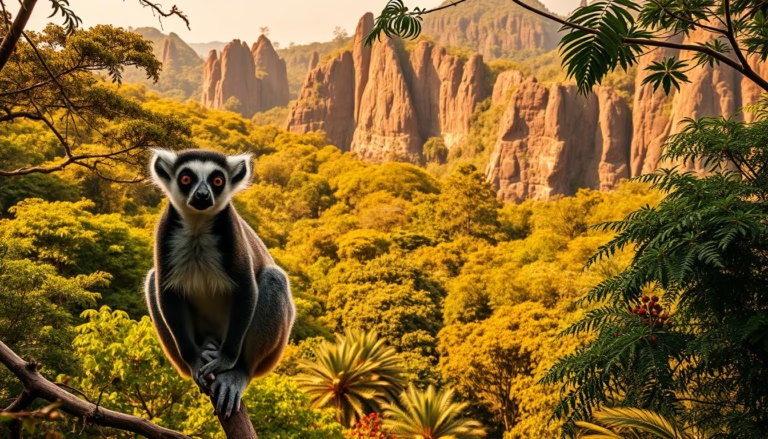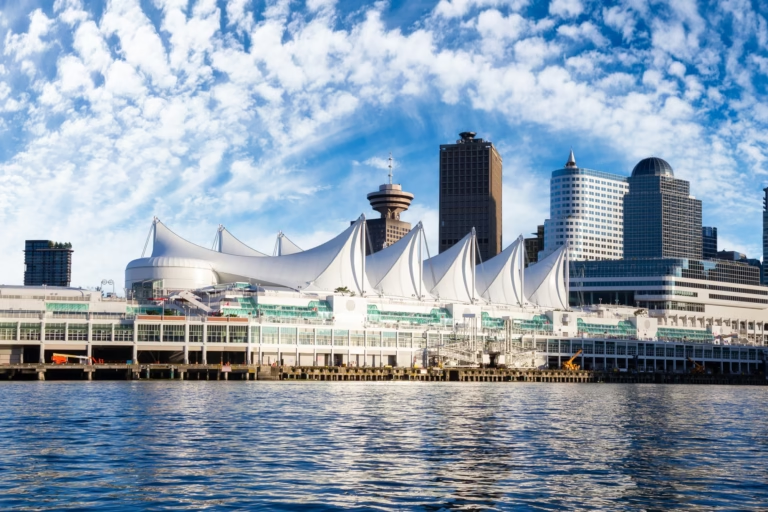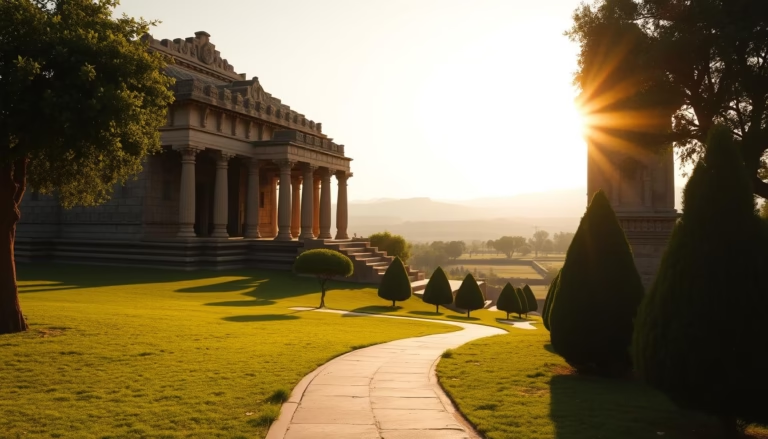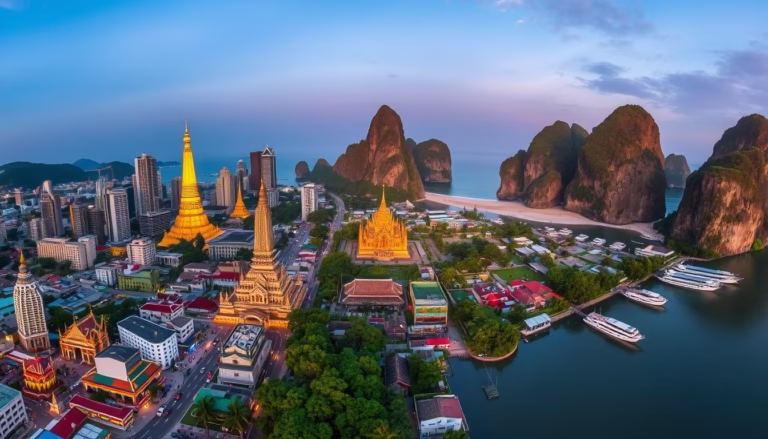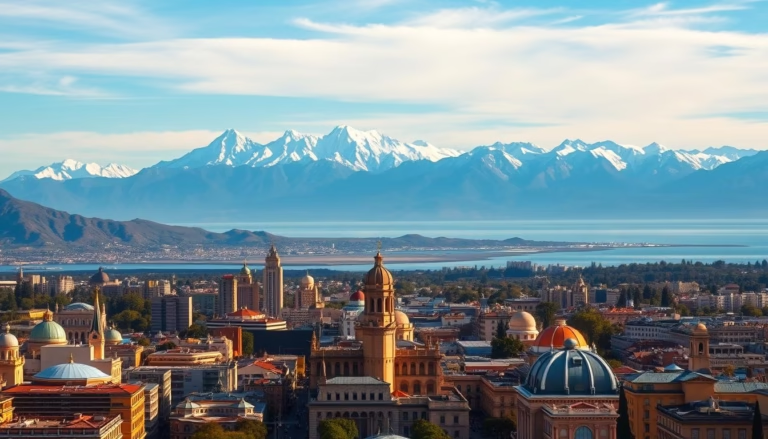Top Travel Destinations: Best Cities to Visit in Brazil
Did you know 87% of Brazil’s 215 million residents live in urban areas? This South American giant isn’t just about rainforests—its vibrant cities pulse with energy, culture, and natural beauty. Spanning nearly half of South America’s landmass, the country could almost cover Europe’s entire continent. This sheer size means travelers need smart strategies to explore its most unforgettable destinations.
From golden beaches framed by skyscrapers to cobblestone streets echoing colonial history, Brazilian urban centers deliver unmatched diversity. You’ll find modern art museums steps from samba clubs, and lush parks bordering futuristic business districts. Each location tells a different story about the nation’s past and present.
Planning matters here. A trip from Rio’s iconic Christ the Redeemer statue to Manaus’ Amazonian opera house covers over 1,700 miles—roughly the distance between Miami and New York. Our guide helps you navigate these contrasts, whether you crave lively festivals, quiet historic quarters, or coastal relaxation.
Key Takeaways
- Brazil’s vast size requires strategic travel planning to maximize experiences
- Urban destinations blend modern attractions with rich cultural heritage
- Coastal hotspots and inland gems offer distinct regional flavors
- Architectural wonders range from 16th-century churches to avant-garde designs
- Local festivals and cuisine provide authentic cultural immersion opportunities
Embrace Brazil’s Vibrant Urban Culture
Step into any Brazilian metropolis and you’ll find a carnival of colors, sounds, and flavors. Centuries of blending African, Portuguese, and indigenous traditions created a cultural cocktail you won’t taste anywhere else. This fusion shapes everything from food markets to fashion runways.
Local Festivals, Art, and Music
Street art turns concrete jungles into open-air galleries. São Paulo’s Vila Madalena district dazzles with its famous Batman’s Alley, where murals change faster than seasons. “Art here isn’t just decoration—it’s our voice,” explains a local painter.
Rhythms pulse through cities like Salvador, where drum circles erupt spontaneously. Annual festivals like June’s Festa Junina mix folk dances with firework displays. Even small neighborhoods host monthly feirinhas celebrating everything from mango harvests to capoeira.
Cultural Highlights and Neighborhood Vibes
Morning markets buzz with vendors selling acai bowls beside West African-inspired stews. In Salvador’s Pelourinho district, cobblestone streets echo with berimbau music. Locals gather nightly in squares, sharing stories under colonial-era lampposts.
Each district reveals unique traditions. Rio’s Lapa arches frame samba parties, while Belo Horizonte’s Savassi area thrives with jazz cafes. These spaces don’t just showcase culture—they let you live it through spontaneous conversations and shared meals.
Rio de Janeiro: Iconic Sights and Breathtaking Beaches
No trip to South America feels complete without experiencing Rio’s magnetic blend of natural wonders and urban energy. Towering granite peaks frame golden shores where locals play footvolley beneath the tropical sun. This coastal metropolis thrives on contrasts—modern high-rises stand beside 19th-century theaters, while rainforest trails wind through the city’s heart.
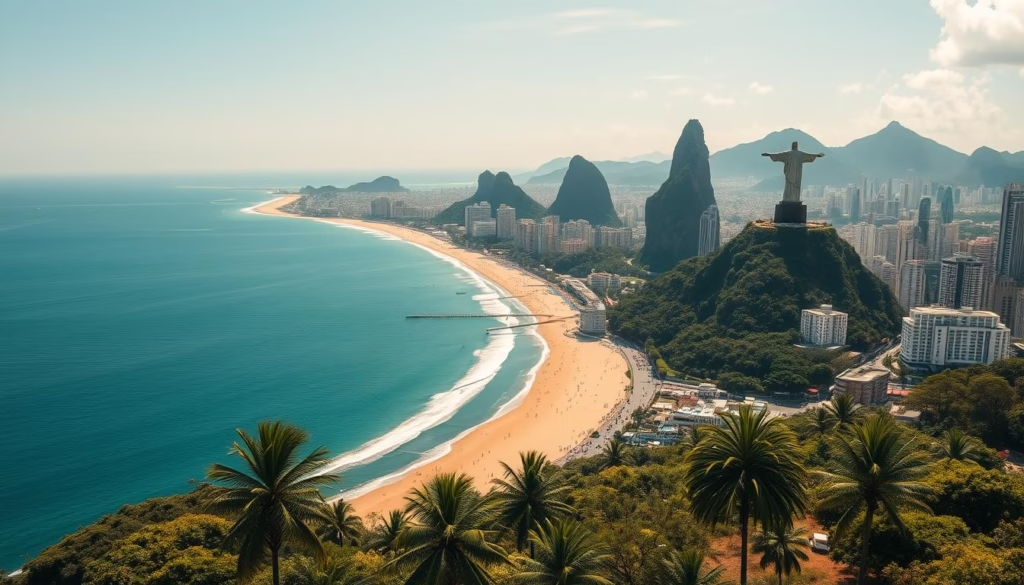
Christ the Redeemer and Sugarloaf Mountain
The Christ the Redeemer statue watches over Rio from Corcovado Mountain’s 2,300-foot summit. Its open arms stretch wider than a Boeing 747’s wingspan, welcoming over two million annual visitors. For unforgettable sunset views, ride the glass-walled cable car up Sugarloaf Mountain. The 360-degree panorama reveals why locals call their home the “Marvelous City.”
World-Famous Beaches and Carnaval Celebrations
Copacabana’s 2.5-mile crescent buzzes with juice bars and samba rhythms. Neighboring Ipanema offers a more relaxed vibe, immortalized in Jobim’s bossa nova classic. Adventurers find secluded coves like Grumari Beach, where lush hills meet the Atlantic. For a full Rio experience, time your visit during Carnival’s explosive parades featuring 300+ samba schools.
Pro tip: Beat the crowds by visiting Christ the Redeemer early on weekdays. Locals swear by Tuesday mornings for clear views from both mountain lookouts. Don’t miss the Sunday Feira Hippie at Ipanema—it’s your chance to snag handmade jewelry while sampling crispy pastéis.
São Paulo: A Melting Pot of Modernity and Tradition
Home to 20 million residents, São Paulo thrives as a cultural mosaic where futuristic skylines meet historic neighborhoods. This sprawling city packs more energy than a samba drum circle, offering everything from Michelin-starred dining to open-air markets bursting with tropical fruits.
Urban Landmarks and Contemporary Art
Art lovers flock to the museums lining Paulista Avenue. MASP stuns visitors with its concrete-and-glass suspension design, while Pinacoteca showcases Brazil’s artistic evolution. Don’t miss the Football Museum’s interactive exhibits—even non-fans cheer for Pelé’s holographic goals.
The Liberdade district transports you to Tokyo via São Paulo. Red lanterns sway above streets filled with sushi bars and manga shops. Locals sip matcha lattes beside 1908-built arches—proof that traditions thrive in this ever-changing city.
Vibrant Nightlife and Eclectic Cuisine
When sunset paints Ibirapuera Park’s monuments gold, Baixa Augusta’s bars ignite. This neon-lit district serves caipirinhas alongside Korean tacos and vegan feijoada. “Our secret?” laughs a bartender mixing cachaça cocktails. “We treat every night like Carnival.”
Daylight reveals quieter pleasures. Families picnic beneath Oscar Niemeyer’s marquise at Ibirapuera, while street artists transform alleys into galleries. From Sé Cathedral’s Gothic spires to Batman Alley’s ever-changing murals, this city wears its contrasts like a badge of honor.
Discover Historic Charm in Salvador and Ouro Preto
Brazil’s past comes alive in two UNESCO-listed treasures where cobblestones whisper stories of empire builders and gold rush fortunes. These destinations preserve architectural wonders while celebrating cultural legacies shaped by three continents.
Colonial Heritage and Colorful Pelourinho
Salvador’s Pelourinho district perches like a rainbow above Todos Santos Bay. Streets lined with mint-green and coral-pink buildings lead to baroque churches where golden altars glow. “This quarter breathes our history,” says a capoeira master teaching moves near São Francisco Church’s intricate woodcarvings.
West African rhythms pulse through open windows as vendors sell acarajé fritters—a recipe unchanged since enslaved cooks first fried them here. For deeper insights into Brazil’s roots, explore historical routes connecting Salvador’s sugar-era mansions to Candomblé temples.
Baroque Architecture and UNESCO World Heritage Sites
Ouro Preto’s hillside townscape stuns with 23 churches in 11 square miles. Aleijadinho’s twisted soapstone columns adorn the Church of St. Francis of Assisi, his masterpiece blending European design with Brazilian flair. Winding streets reveal ironwork balconies and hidden courtyards where miners once traded gold dust.
Both cities host markets selling hand-carved jacaranda wood pieces and embroidered textiles. Time your visit for June’s Vivalejo festival in Ouro Preto, when musicians transform historic plazas into open-air concert halls. These living museums prove architecture isn’t just about buildings—it’s the heartbeat of communities preserving their world heritage.
Explore the Best Cities to Visit in Brazil
Brazil’s shoreline hides urban jewels where colonial history meets modern energy. These places blend architectural wonders with natural beauty, offering fresh perspectives beyond well-trodden paths.
Hidden Gems and Must-See Attractions
Recife’s reef-formed coastline shelters Boa Viagem beach, where turquoise waters meet rooftop cocktail bars. Just north, Olinda’s candy-colored houses crown hillsides like a painter’s palette. “This is where Brazil’s soul first took shape,” notes a local historian near the 16th-century São Bento Monastery.
Florianópolis serves 42 beach options across its island terrain. Surfers ride Jurere’s waves by day, while foodies explore Mercado Público’s moqueca stews at dusk. Don’t miss Paraty’s lantern-lit alleys—horse-drawn carriages still clatter past 1725-built churches here.
Insider Tips for an Unforgettable Itinerary
Combine Recife’s urban energy with Olinda’s UNESCO-protected streets in one trip—they’re only 4 miles apart. Use ride-share apps between cities, but save Sundays for walking tours when historic centers quieten.
Local pro tip: Florianópolis’ Lagoa da Conceição district offers the best tapioca crepes after beach time. In Paraty, join a cachaça tasting tour through former gold route towns. These places reveal why brazilian cities remain South America’s best-kept urban secrets.
Manaus and Beyond: Gateway to the Amazon Adventure
Where jungle meets grandeur, Manaus thrives as a city carved from rainforest resilience. Built on rubber wealth at the heart of the Amazon, this urban hub surprises with European-inspired architecture surrounded by endless emerald canopy.
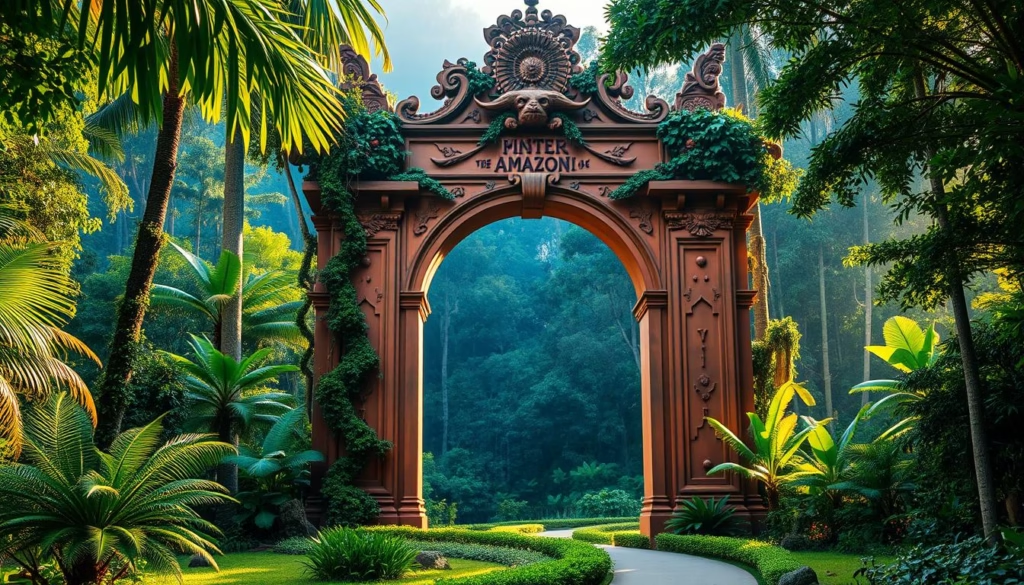
Amazonian Culture and the Meeting of the Waters
The Amazonas Opera House stands as a marble-clad marvel from Brazil’s gilded age. French stained glass filters jungle light onto Carrara marble floors while the Philharmonic orchestra performs year-round. “We make Verdi echo through the rainforest,” says a local violinist during March-May opera festivals offering free balcony seats.
Nature stages its own spectacle 8 miles east. Dark Rio Negro waters flow parallel to sandy Solimões currents for 4.9 miles without blending—a liquid ballet of temperatures and densities. Boat tours let you dip hands in both rivers simultaneously.
| Attraction | Unique Feature | Visitor Tip |
|---|---|---|
| Amazonas Opera House | 36,000 ceramic tiles from Alsace | Free guided tours weekdays at 10 AM |
| Meeting of Waters | 6°F temperature difference between rivers | Sunset cruises show strongest color contrast |
| Mercado Municipal | Iron structure from Gustave Eiffel’s studio | Try cupuaçu fruit in the northeast stalls |
Rubber barons’ legacy lives in the art nouveau market, where vendors sell pirarucu fish beside handmade guaraná powder. As the state’s cultural heart, Manaus blends urban life with wild adventures—book a jungle lodge stay after exploring city treasures.
Conclusion
Brazil’s urban tapestry weaves together threads from across the world, creating a cultural crossroads unlike any other. Each destination pulses with its own rhythm—whether through Salvador’s drum circles echoing African roots or São Paulo’s neon-lit fusion of global flavors. These places don’t just showcase diversity; they let travelers live it through shared meals and spontaneous street celebrations.
From the Amazonian heart of Manaus to Rio’s sun-kissed shores, urban centers serve as gateways to understanding this vast country. Colonial architecture stands shoulder-to-shoulder with modern marvels, telling stories of empires and innovation. Locals greet visitors like old friends, proving community warmth remains Brazil’s greatest landmark.
Whether you’re drawn to historic quarters or thriving art scenes, these cities reveal why Brazil feels like home to everyone who explores them. Pack your curiosity—every cobblestone and coastline invites you to write your own chapter in South America’s living storybook.
